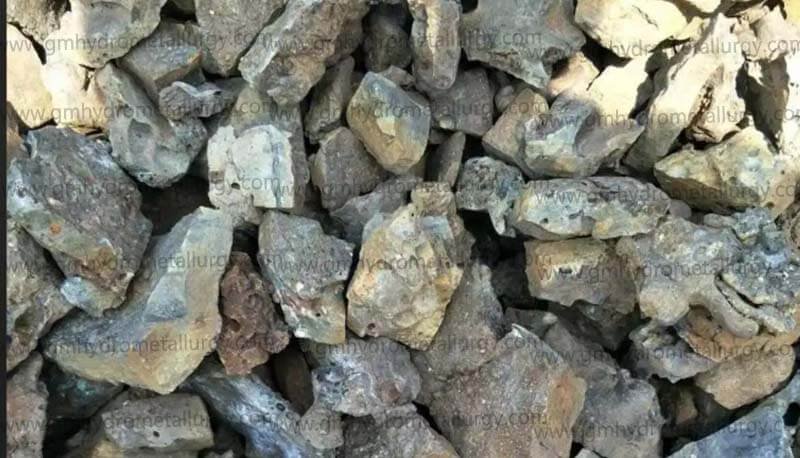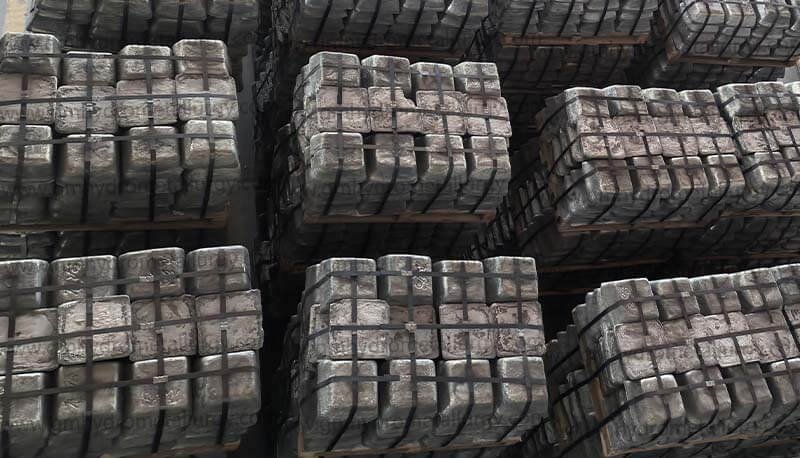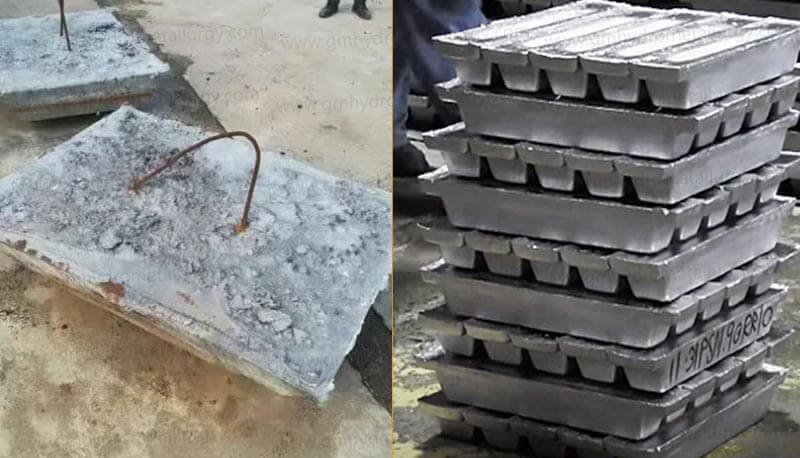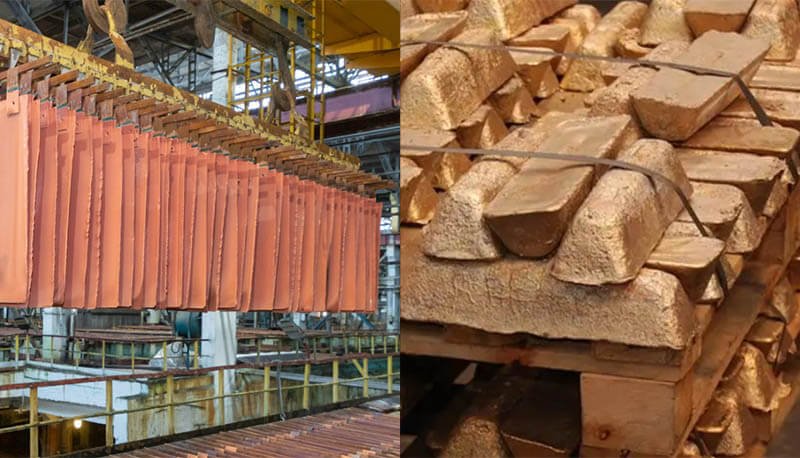The hydrometallurgical process for recovering antimony from antimony smelting slag is a technology that separates antimony from smelting slag. This method offers advantages such as high efficiency and environmental friendliness, and has been widely adopted in the antimony smelting industry.
Antimony is an important metal element widely used in electronics, metallurgy, chemical engineering, and other industries. During the antimony smelting process, a large amount of smelting slag is generated, which contains a small quantity of antimony. To achieve efficient utilization of antimony resources, it is essential to recover antimony from the slag.
Process Flow of Hydrometallurgical Recovery of Antimony from Smelting Slag
The hydrometallurgical process for recovering antimony from smelting slag mainly involves steps such as leaching, precipitation, and filtration.
1. Leaching
The antimony smelting slag is mixed with compounds such as ammonium chloride (NH₄Cl) and sodium hydroxide (NaOH) and immersed in water. By adjusting the pH of the leaching solution, the dissolution of antimony is promoted.
2. Precipitation
Antimony in the leaching solution reacts with ferrous chloride (FeCl₂) to form insoluble iron antimonate (SbFeO₄) precipitate, thereby separating antimony from the solution.
3. Filtration
The iron antimonate precipitate is separated through filtration, followed by washing and drying, to obtain a high-purity antimony product.
The hydrometallurgical process for recovering antimony from smelting slag is an efficient and environmentally friendly technology that enables the effective utilization of antimony resources. This process has been widely applied in the antimony smelting industry.







